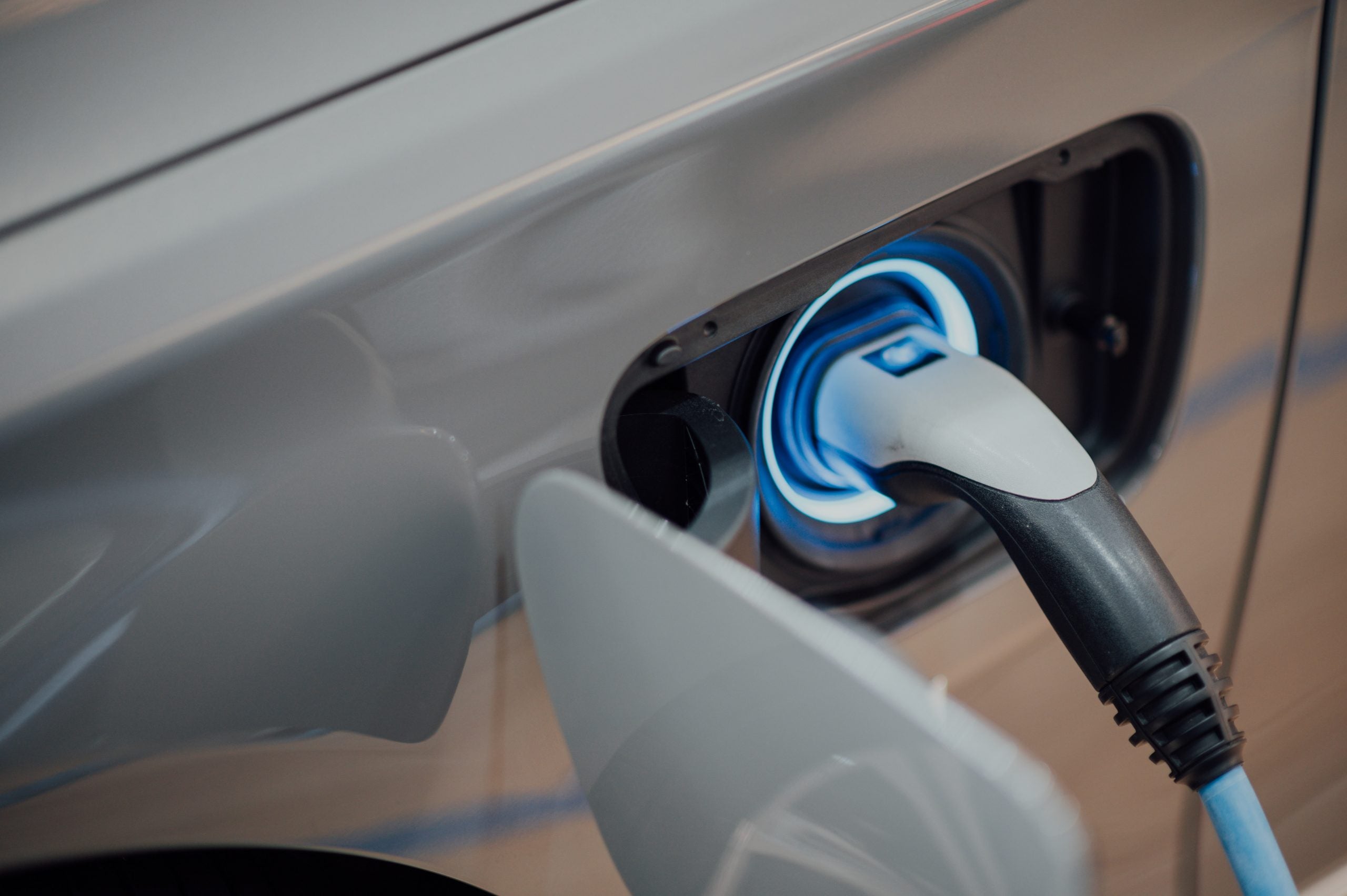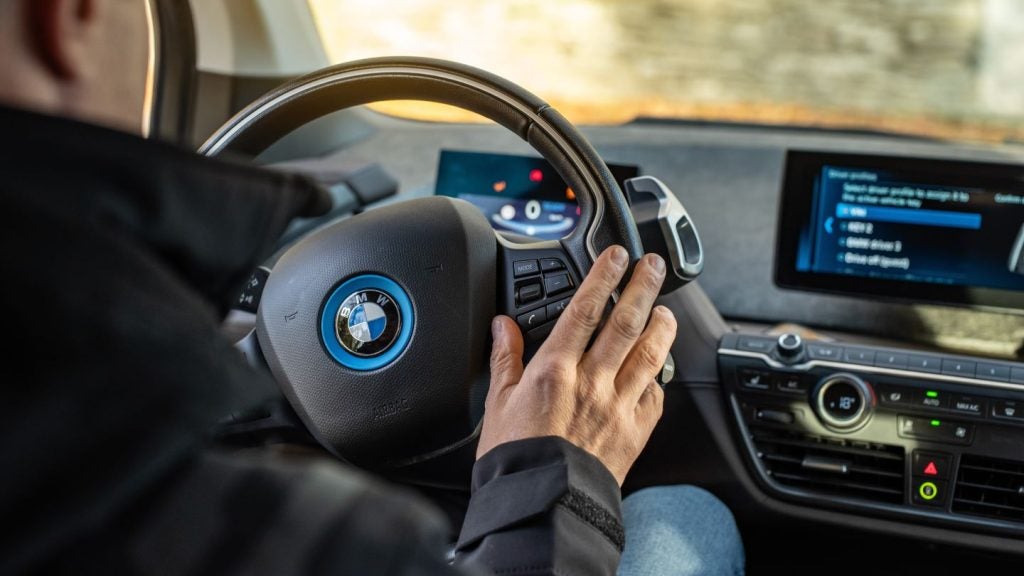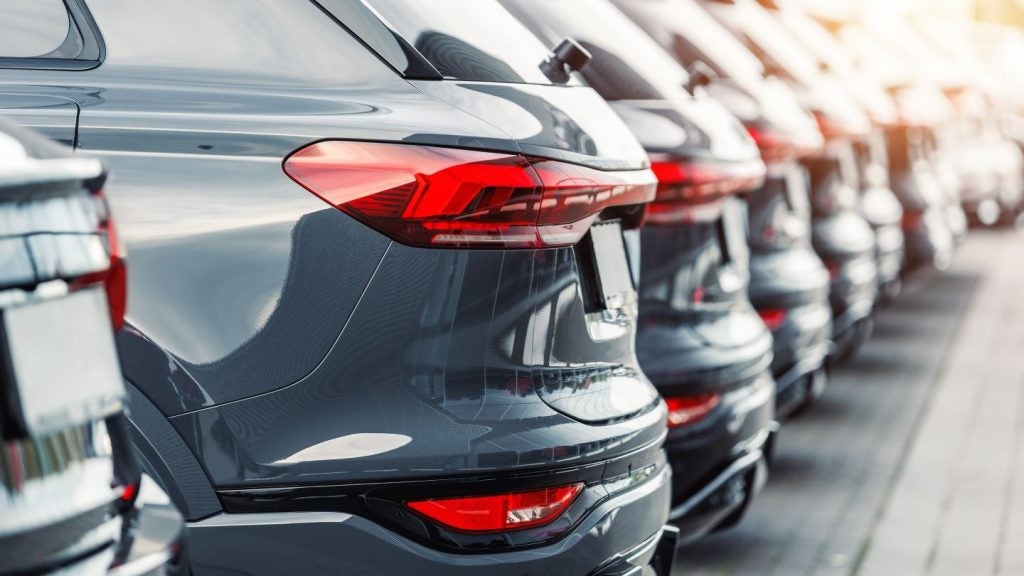
Despite an exceptionally strong start to 2023, with growth recorded in overall car buying demand, new and used car sales, and average prices, the electric vehicle (EVs) share of the retail market is falling behind where it needs to be to meet the Government’s 2030 targets.
According to Auto Trader’s Road to 2030 Report, the Government must step in with a detailed programme of tax incentives to improve the affordability of EVs and support the industry’s efforts in driving mass consumer adoption.
The largest automotive marketplace’s latest insight into the electric vehicle market warns that whilst consumer demand for used EVs is robust, buyer interest in new has dropped by almost two-thirds – or 65% – since the beginning of 2022, due in part to the rising cost of living, higher borrowing costs, and the well-documented hike in energy prices.
The market for new EVs is still hampered by a lack of affordable choices, with the number of new electric models between £20,000 – £30,000 – the most popular price bracket on Auto Trader – decreasing, less than seven years before the Government’s ban on new petrol and diesel sales comes into force.
On average, a new EV costs circa 37% more than a petrol or diesel alternative – a figure that hasn’t changed since June 2022. Among more affordable options below £30,000, the lack of choice is even more acute, with nine times fewer EVs available than traditionally fuelled models.
Auto Trader’s Report shows that the lower fuel prices and higher energy bills are eroding the previous EV advantage of lower running costs. While electric car owners with a home charger can save up to £130 for every 1,000 miles by charging at off-peak overnight rates, savings reduce to just £40 for those drivers using slow/fast chargers. For drivers using ultra-rapid chargers, EVs currently cost £16 more to run per 1,000 miles than conventionally fuelled vehicles.
Robust used EV demand fuelled by growing choice and softening prices.
Highlighting the nuance of the electric retail market, Auto Trader’s data shows that consumer appetite for used EVs is in a far more robust position, with current (as of mid-April) levels of demand up 30% year-on-year (YoY).
This positive trajectory is being fuelled, in part, by the recent surge in the number of used electric vehicles entering the market, providing consumers with greater choice than ever before. On Auto Trader, the current volume of second-hand EVs is up 258% on the same period last year.
This growth in supply is set to continue and marks the next phase of the maturing electric market. However, with the levels of supply growing at a faster rate than demand, used EVs are experiencing an expected, but significant price adjustment. Since reaching a peak of £40,728 in July 2022, the average price of a second-hand electric car has fallen to £31,767 in mid-April.
This month alone (up to 17th April), prices have dropped -17% on a YoY and like-for-like basis. In contrast, the average price of second-hand petrol and diesel cars are up 5.4% YoY (£16,312) and 3.4% (£16,518) respectively, whilst the broader market is up 3% YoY (£17,888) at the mid-April mark.
Although the average one-year-old used EV is 28% more expensive than a 1-year-old petrol or diesel alternative, these price reductions are leading to a greater mix of affordable used EVs, with sub £30,000 stock now accounting for circa 60% of the total. Nearly one in four (24%) are now under £20,000, up from just 7% in August 2022.
With more consumer choice than ever before, the imbalance of supply over demand is slowing the speed at which used EVs are selling. In March, a used petrol and diesel car took a respective average of 25 and 27 days to leave forecourts, whilst EVs took 45. Last summer used electric vehicles were selling five days faster than petrol cars.
However, Auto Trader’s data reveals that there are plenty of electric models and derivatives that are performing well ahead of the market average. For example, the Kia EV6 (up to 12 months) took an average of just 16 days to sell, whilst Tesla’s Model 3 (3-5 years old) took just 14.
What’s more, there are also significant regional variations in levels of supply and demand affecting days to sell and potential profit opportunities. A 22-plate MG ZS is currently selling 18 days faster to sell in Glasgow (33 days) than the national average (51), and 26 days faster than in Peterborough (59).
Ian Plummer, Auto Trader’s commercial director, commented: “We have the broadest single view of EVs, and as our data highlights, the market is incredibly nuanced, and so a broad brush rarely reflects the true picture. With the EV market still maturing, it is critical to follow the live retail data to identify profitable electric stock opportunities – to ensure you’re buying the right car for your market at the right price, selling them at the right price, and securing the best possible margin in the process.
“These are difficult times for the UK’s electric ambitions, however, and we’re in danger of veering off-track. Although used electric demand remains buoyant, the wider EV market is in a precarious position. To avoid more than just a small pothole on the road to 2030, more information, more incentives, and more equality is urgently required.”
With the introduction of Vehicle Excise Duty on EVs looming in 2025 – further reducing the incentives for ownership – Auto Trader is calling for a series of tax breaks to give a fresh spur to the mass adoption of electric vehicles – something that has worked well in other European countries to stimulate demand and grow the market.
To make the transition to electric fairer, Auto Trader is calling for:
- Fairer charging costs: by equalizing VAT on public and private charging.
- More incentives to make EVs affordable for all: such as reducing VAT on used EVs and lower or interest-free rates on EV financing deals.
- Initiatives to build both buyer and seller confidence in used EVs with a focus on battery health: Research shows that for car buyers, the top concerns about used EVs are related to battery health and so adopting common standards on battery health and charging terminology should be a top priority for government and industry.
There’s also an inspiration to be taken from other countries, like Norway and France, who have balanced financial and alternative incentives, such as free parking and free charging in certain locations, to reduce cost and convenience barriers, providing enough incentives for consumers to go electric.
ATG appoints Chris Stott as director of alliances







